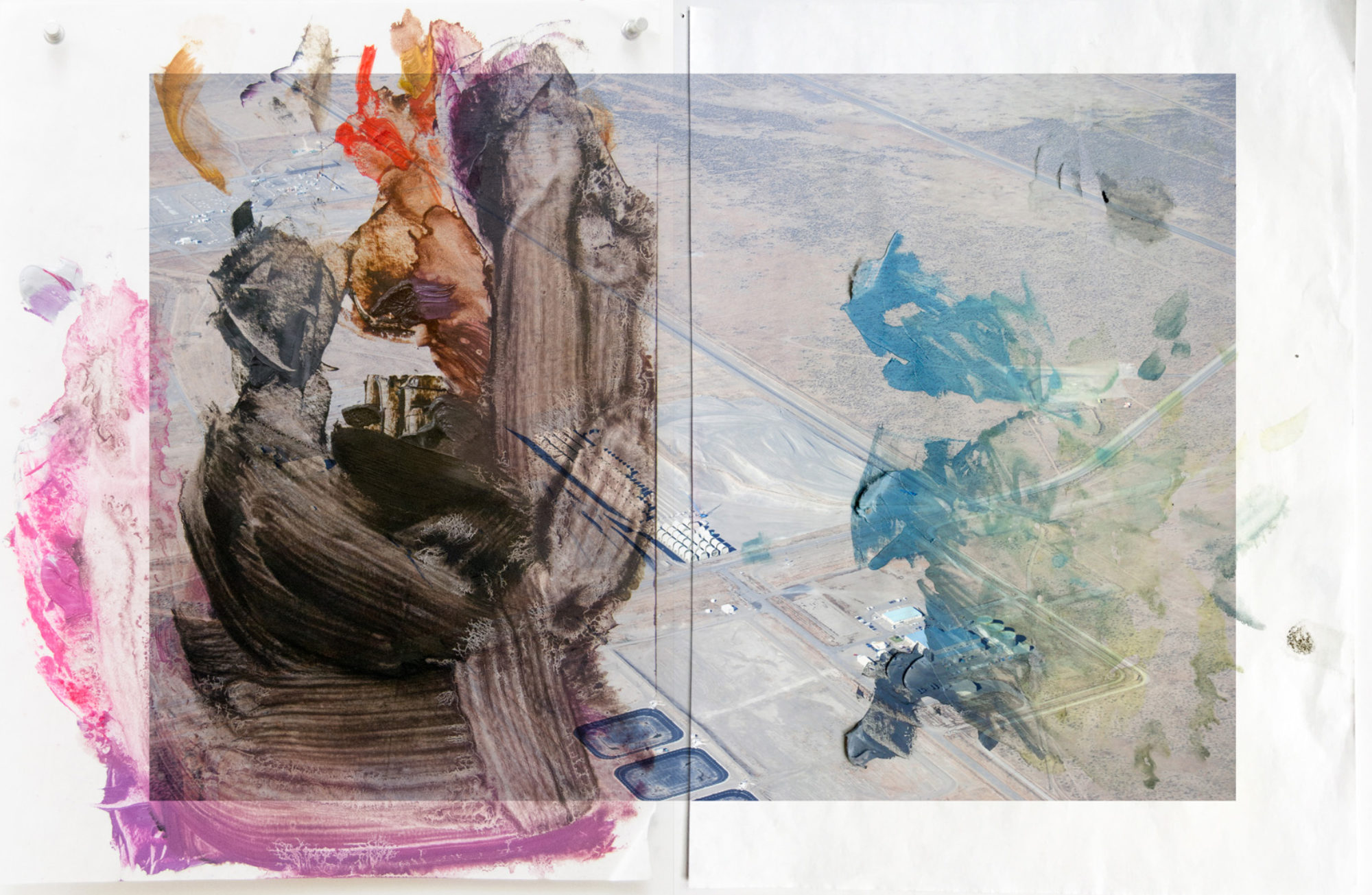SUMMER 2022
Editorial
“Finished, it’s finished, nearly finished, it must be nearly finished” opens Samuel Beckett’s Endgame. Beckett’s work is a meditation on (or a traumatic repetition of) the apparent contradiction between a sacred story which claims to have solved and saved, and the daily, disastrous hurts that continue to constitute the reality around us. When is it finished? Where is the end?
I am writing this editorial after reading of another school shooting—this time, in Texas. By the end of one headline, let alone one article, any reader sits stricken, sick to the stomach with horror. One news outlet notes that, in forty-eight hours, it would have been the last day of the term. Another publication identifies this as the 27th school shooting of the year.
Endgame again: “Grain upon grain, one by one, and one day, suddenly, there’s a heap, a little heap, the impossible heap.”
Suffering, impossible suffering, accumulates around us: grim diagnoses, shootings and bombings, car accidents and natural disasters, the existential threat of climate change, the ever-mounting degrees of economic inequality. The insidious list continues. These catastrophes, both collective and individual, shape stories. They limit what we can mean when we say that all will be well. They rule out certain realities. As this issue reflects, whether it is a cancer or a miscarriage, a lost love or a lost life, it does not take the end of the world to cause the end of our worlds.
Apocalypse—a word that refers most obviously to that final cataclysm. Etymologically, however, the word refers to an uncovering. Ruin and revelation, then, tend to go together—for with much wisdom comes much sorrow. Like a quake cracking up the surface of the earth, each apocalypse ruptures our most proximal idea of world, giving a glimpse of the hellish core, that incendiary inside of it all. Endings can be a destructive divulsion of meaning.
The thirteenth issue of Letters meditates on suffering, on loss, on endings—apocalypses both big and small. This publication also considers what it means to be alive amidst these ends of worlds, to be seized by love and awe, joy and gratitude, at the exact moment one is most aware of death and doom. There are no obvious ways to account for goodness amidst atrocity, no straight lines between problems and providence, no clear ending that will explain all this pain. It is asinine, if not utterly evil, to think that flowers, birds, or butterflies can provide anything like a justification for the continuation of suffering.
Yet the Good remains. Yet we sit amidst beauty, too. There are the rotund robins hopping in the springtime lawns. The grey squirrels scampering across the telephone wires, wriggling their way along those electric overpasses. The dads who ride down the sidewalk each morning, their babies babbling on the backs of the bikes. Oh those blessed babies.
Suffering and loveliness do not foreclose each other. Amidst desolation, there is consolation. Though, of course, there are no promises to be made about the strength or sufficiency of the latter. I hope that a work in this issue provides something akin to consolation. Set about by evil and suffering, pain and grief, may something in both you and I still will to make, and be made into, the Good.
Alexandra Marie Green
Managing Editor
Poetry
Donna J. Gelagotis Lee
Cameron Morse
Megan Huwa
Anne-Sophie Olsen
Brian Johnson
Derek Furr
Matthew J. Andrews
Philip Newton
Dmitry Blizniuk
(translated from Russian by Sergey Gerasimov)
Kalvin Cummings
Connemara Wadsworth
Visual Art
Michelle Keefe
Fiction
Jason Thornberry
Non Fiction
Misty Kiwak Jacobs
winner of the Frederick Buechner Prize
Issue 13 cover photo by Michelle Keefe.
Special thanks to Yale’s Institute of Sacred Music for making this publication possible.
Read more about LETTERS here.
